Santa Maria: On Migrant Mother’s Land:
A youthful obsession with Dorothea Lange’s Migrant Mother turns to frustration over how its subject, Florence Owens Thompson, an Indigenous woman, has been misperceived.
Santa Maria: On Migrant Mother’s Land:
A youthful obsession with Dorothea Lange’s Migrant Mother turns to frustration over how its subject, Florence Owens Thompson, an Indigenous woman, has been misperceived.
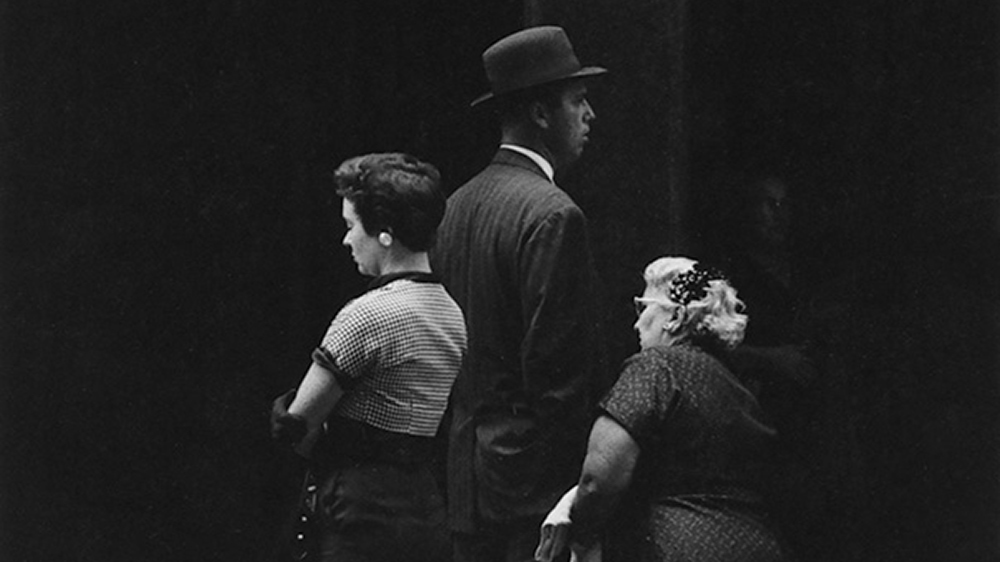
From W. Eugene Smith to Dorothea Lange, Olivia Laing considers the tensions between record and metaphor in the 1950s and ’60s.
via Aperture: https://aperture.org/editorial/the-midcentury-photographers-who-balanced-reportage-with-artistry/
From W. Eugene Smith to Dorothea Lange, photography in the 1950s and ’60s was alive with the tensions between record and metaphor.
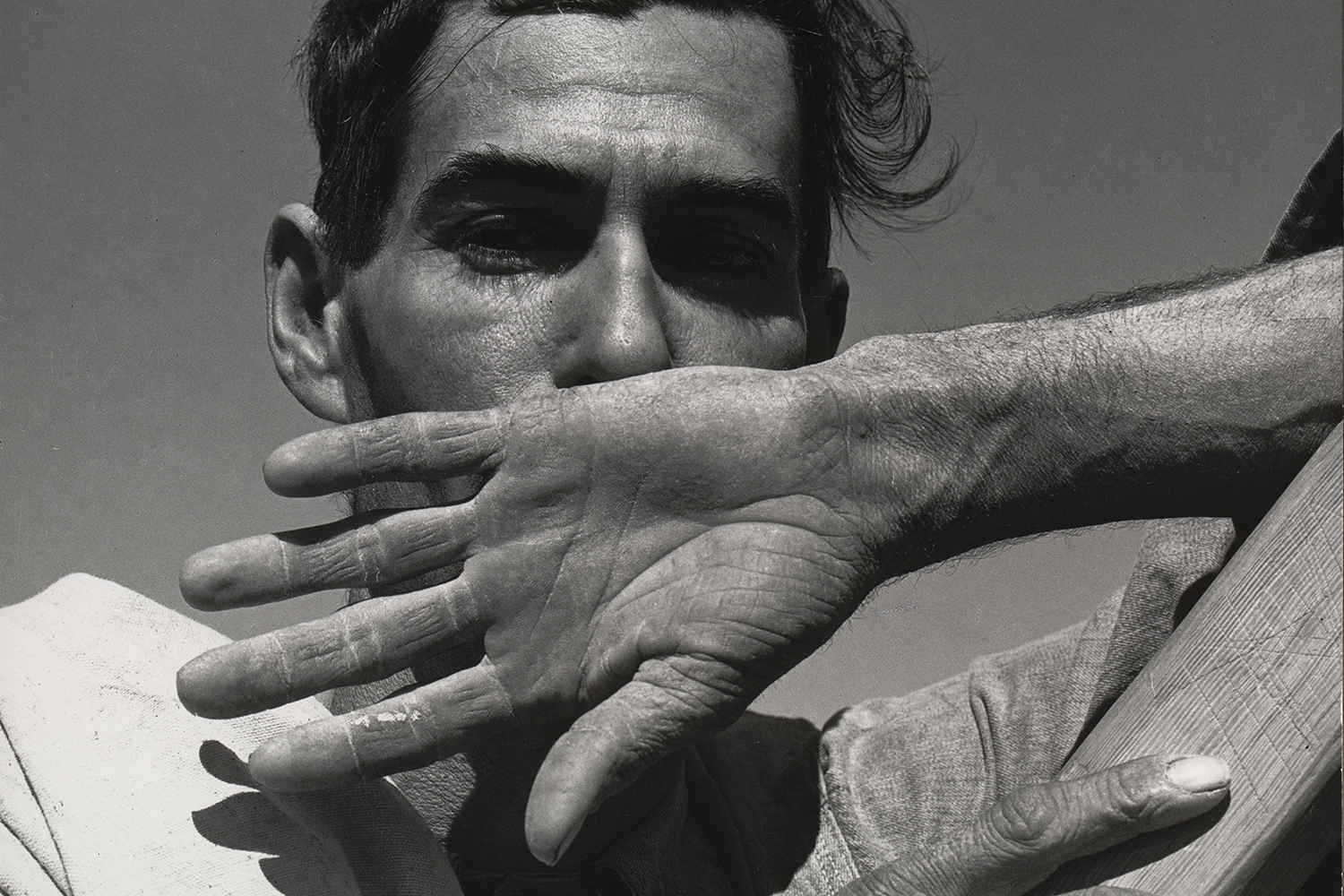
A new exhibition reveals how Lange’s concern for the dispossessed has never been more relevant.
via Aperture Foundation NY: https://aperture.org/blog/dorothea-lange-moma-exhibition/
Confronting the economic crisis of the Great Depression, Lange produced some of the most influential photographs of the twentieth century. A new exhibition reveals how her concern for the dispossessed has never been more relevant.
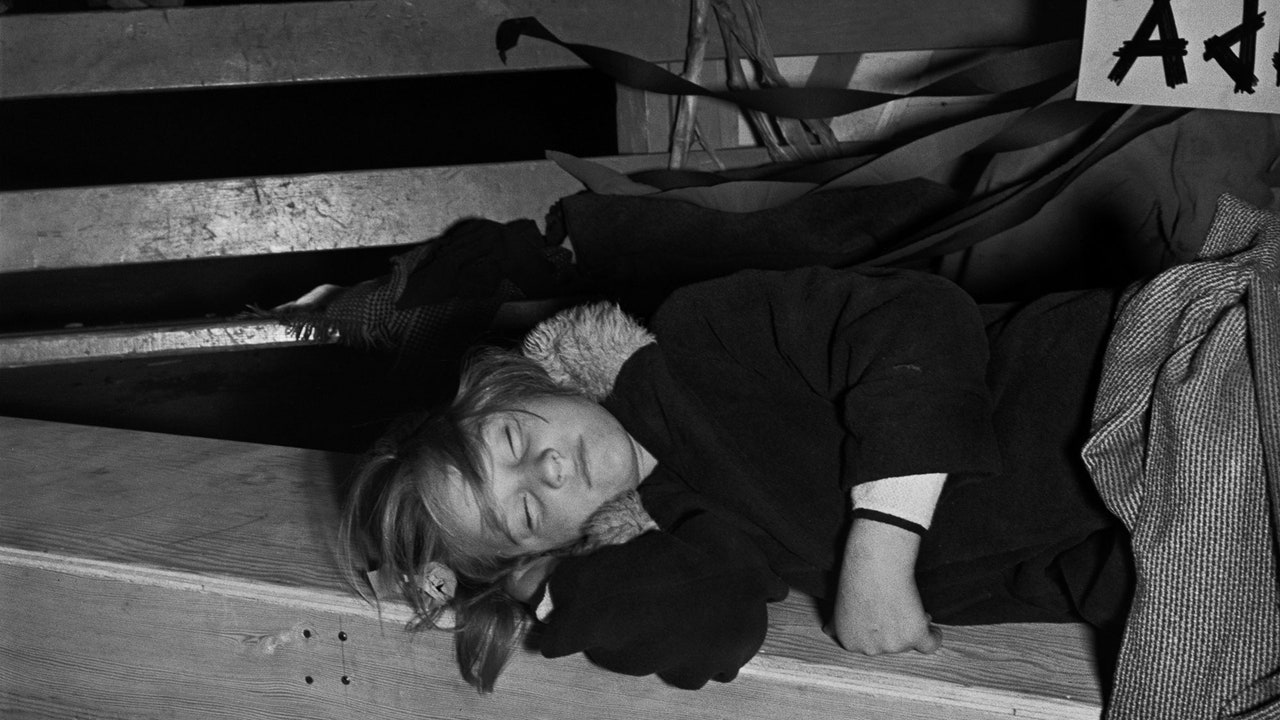
A lyrical new book by the photographer Sam Contis collects lesser-known images from the great documentarian’s archive.
via The New Yorker: https://www.newyorker.com/culture/photo-booth/a-different-side-to-dorothea-lange
Many of the black-and-white images in the new book “Day Sleeper,” by the photographer Sam Contis, look similar to Contis’s own: arid landscapes etched with fencing, cropped views of work-roughened hands, and unstaged, sunlit portraits. For her 2017 volume “Deep Springs,” for instance, Contis focussed on the liberal-arts junior college of the same name, in California—it’s also a functioning desert-valley ranch—to reflect on the mythos of the American West. But, for this project, Contis was not the searching photographer but the instigator, excavator, and editor. None other than Dorothea Lange took the pictures.
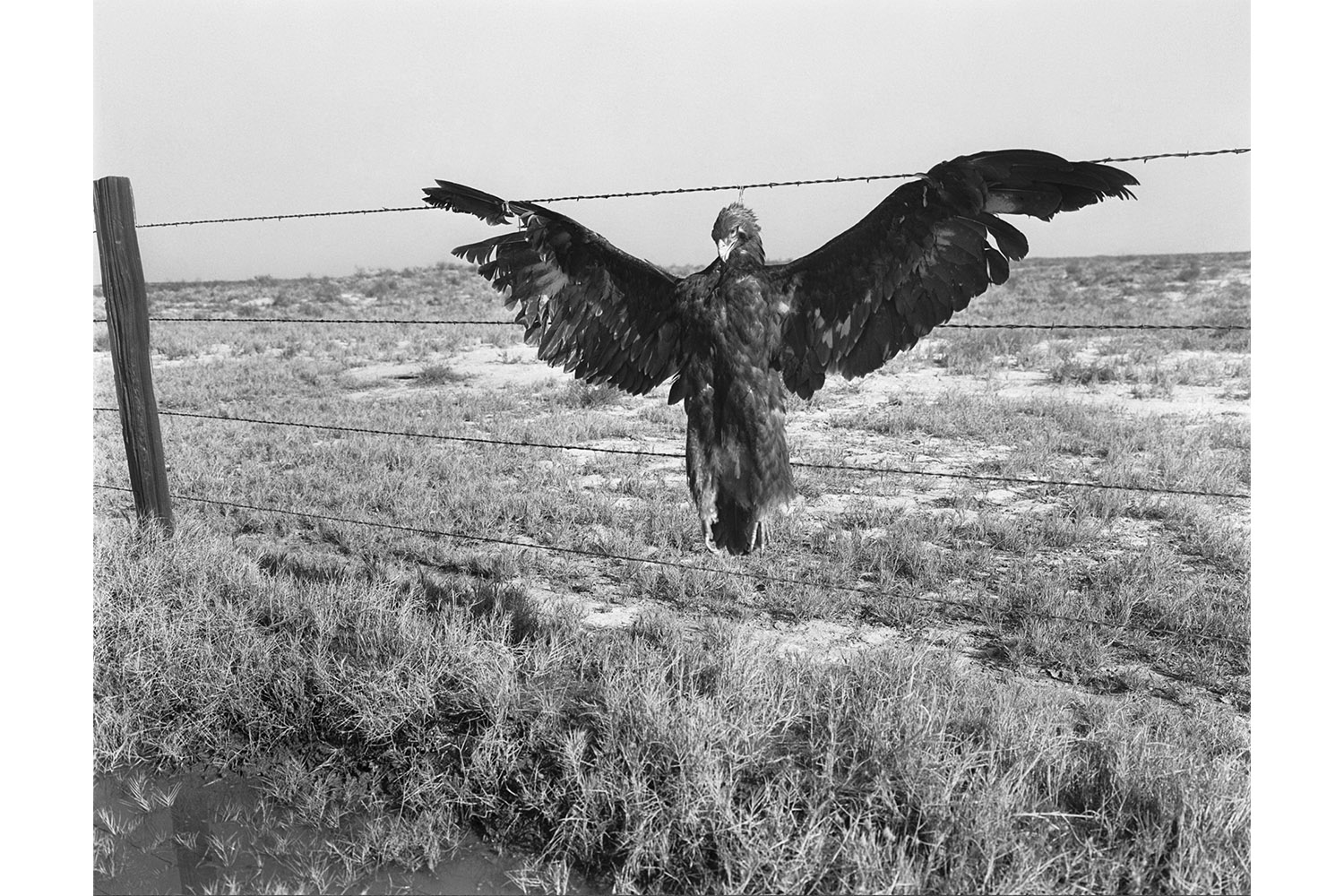
via Conscientious Photography Magazine: https://cphmag.com/day-sleeper/
A new book entitled Day Sleeper now lifts Lange’s work out of the stasis it has found itself in for too long. For the book, Sam Contis used the archive housed at the Oakland Museum of California (plus images from the Library of Congress and the National Archives). In her afterword, Contis writes that “[t]he more I spent looking through her contact sheets, the more I started to feel an unexpected kinship. […] I formed the idea of making a book that would show her in a new light and also reflect a shared sensibility.”
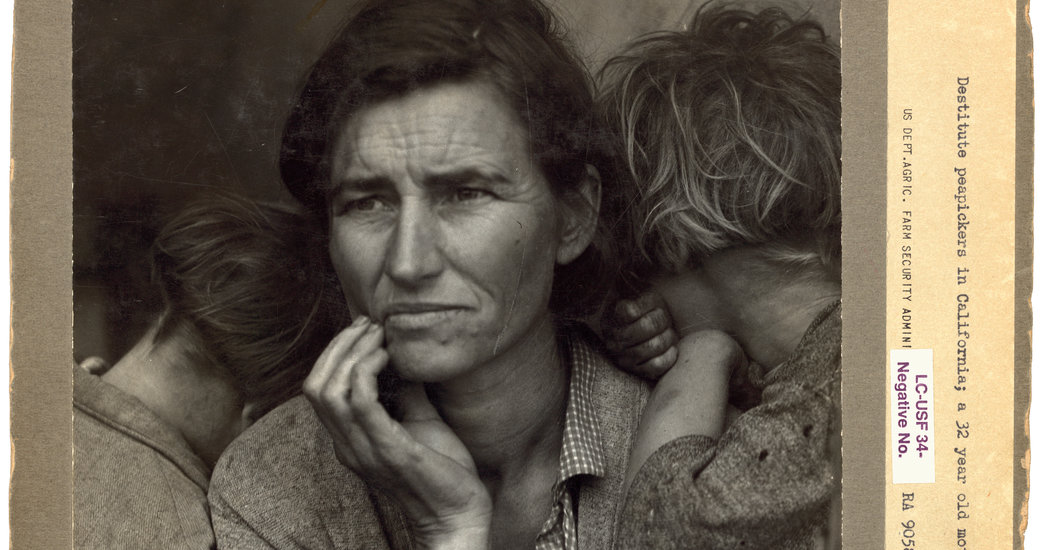
She created one of the most enduring images of the 20th century, but she also created a new model for her discipline.
Link: https://www.nytimes.com/2020/02/10/t-magazine/dorothea-lange.html
She created one of the most enduring images of the 20th century, but she also created a new model for her discipline.
via AnOther: https://www.anothermag.com/art-photography/12235/dorothea-lange-words-and-pictures-moma-new-york-great-depression
At the Museum of Modern Art, New York, a new exhibition centring on Dorothea Lange reveals the importance of the words that surrounded her 20th-century documentary photography
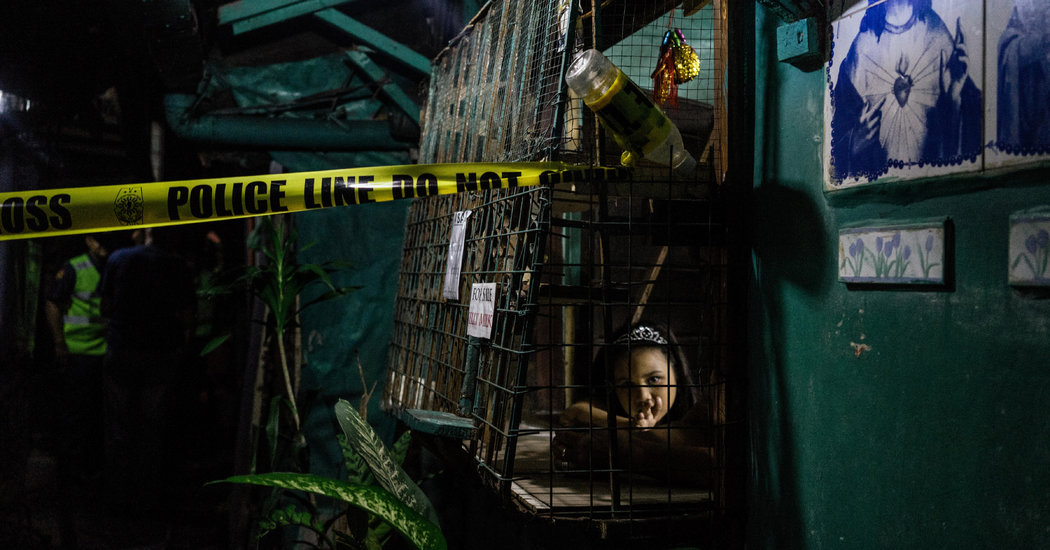
Link: https://www.nytimes.com/2018/12/26/lens/best-stories-photography-2018.html
Because photography touches most everything, our topics have been far-ranging — from the environment, cyberbullying and immigration to race, gender and class. We have written about famed photographers like Dorothea Lange, Gordon Parks and Diane Arbus as well as emerging image makers like Citlali Fabián, Fethi Sahraoui, Daniel Edwards and Mengwen Cao. And we have written about the need for more diverse storytellers to help us better understand the world we live in.
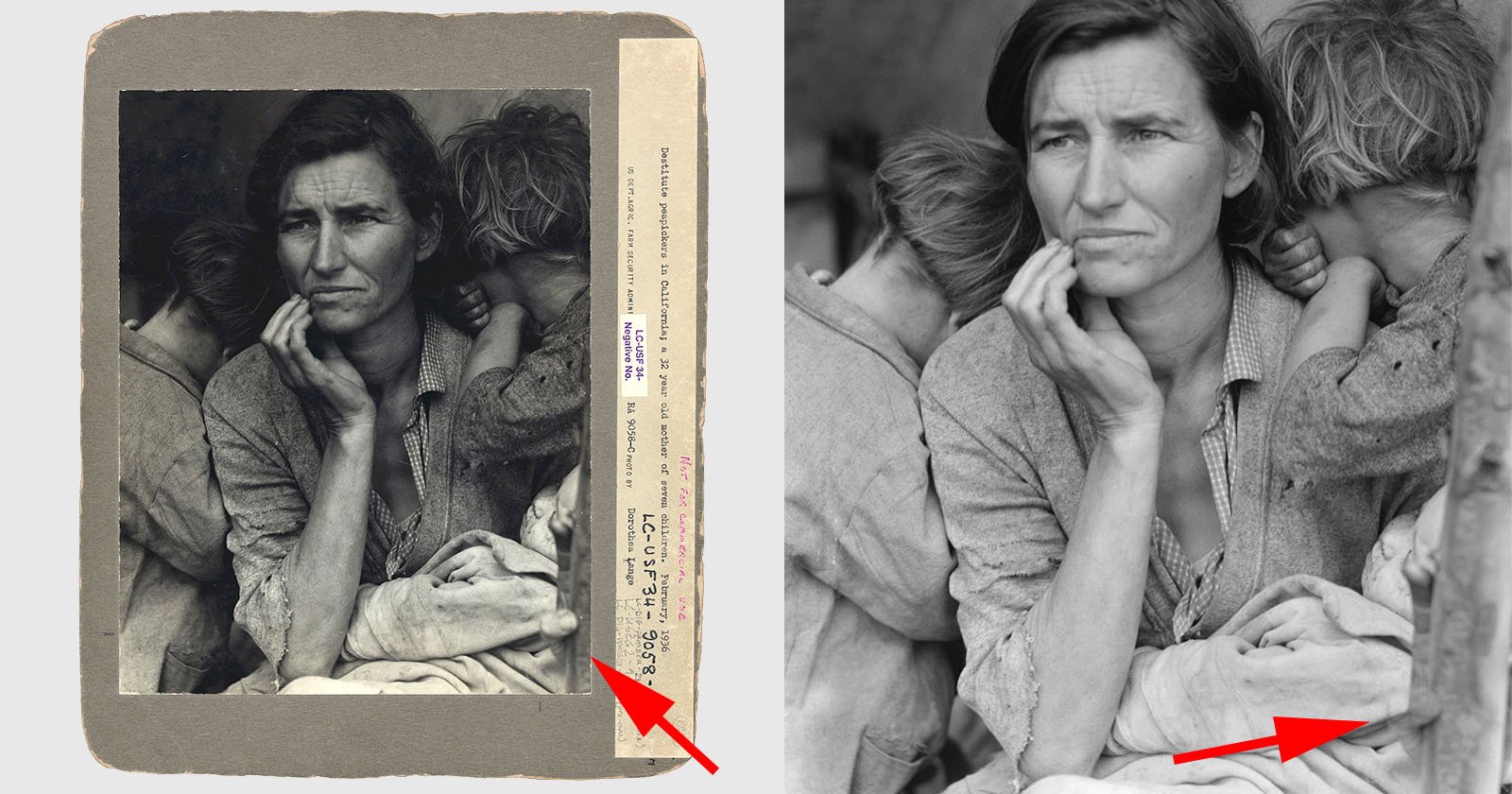
“Migrant Mother” by photographer Dorothea Lange is an iconic image of the Great Depression and one of the most famous photos in US history. But did you
via PetaPixel: https://petapixel.com/2018/11/30/that-iconic-migrant-mother-photo-was-photoshopped/
“Migrant Mother” by photographer Dorothea Lange is an iconic image of the Great Depression and one of the most famous photos in US history. But did you know that the photo was “Photoshopped”?
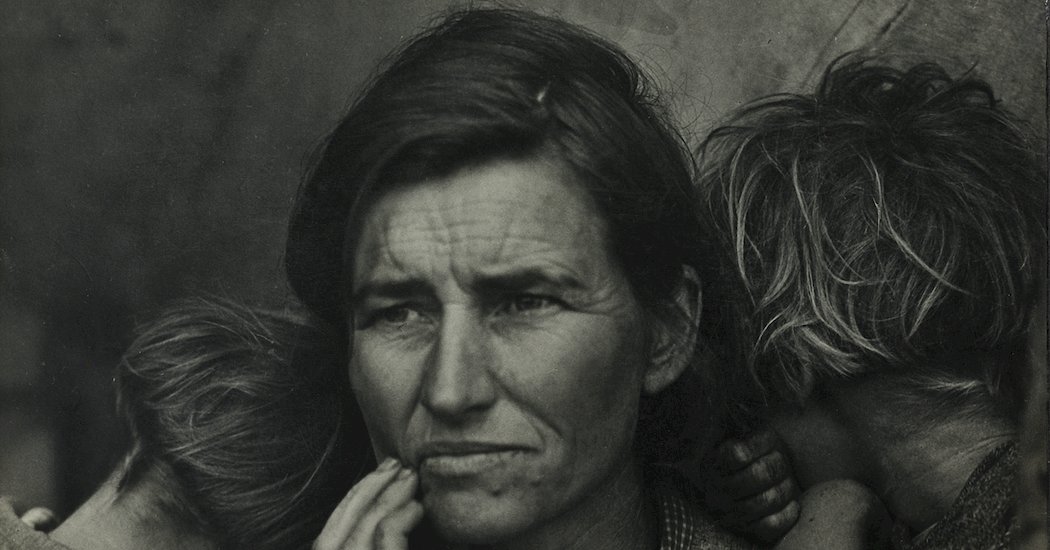
The history behind Ms. Lange’s photograph of Florence Owens Thompson has intrigued academics and photographers for decades. But a new book sheds fresh light on the portrait’s little-explored details.
Link: https://www.nytimes.com/2018/11/28/lens/dorothea-lange-migrant-mother.html
The history behind Ms. Lange’s photograph of Florence Owens Thompson has intrigued academics and photographers for decades. But a new book sheds fresh light on the portrait’s little-explored details.
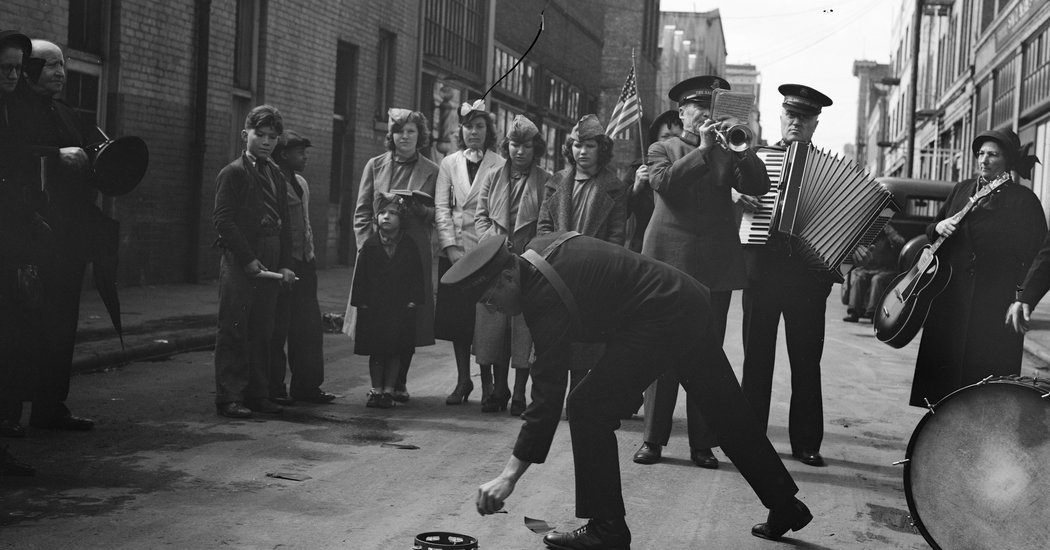
An expert on the work of the Farm Security Administration continues to find new images and insights from Dorothea Lange.
via Lens Blog: http://lens.blogs.nytimes.com/2014/12/26/still-discovering-dorothea-lange/
Beverly Brannan has had a close personal relationship with Dorothea Lange for 40 years — even though they never met.
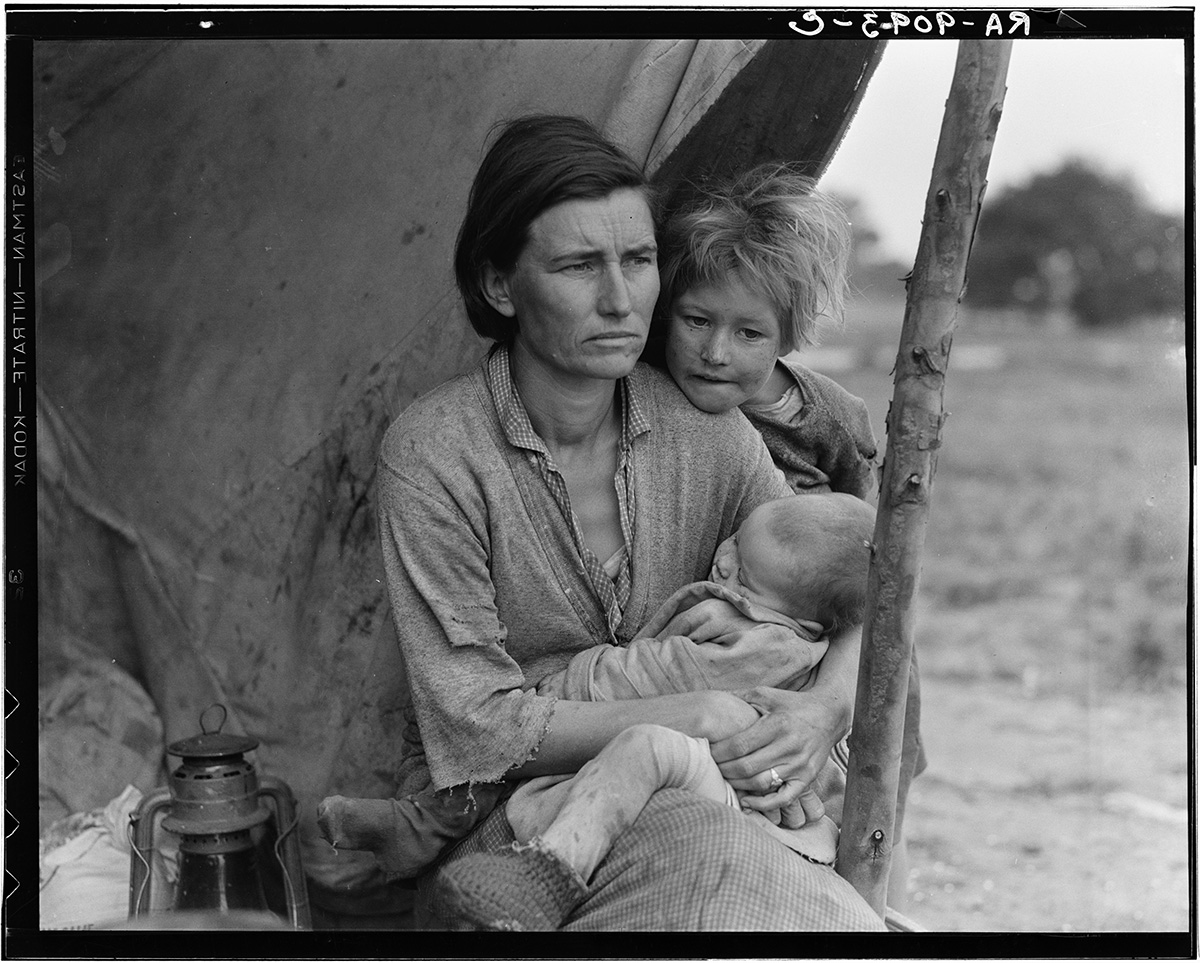
via Conscientious Photography Magazine: http://cphmag.com/migrant-mother/
But obviously given we are not dealing with a candid photograph, the subjects were fully aware of the presence of the photographer. In fact, the photographer made them pose – this claim might not convince some people, yet, but once we’ve seen all the other photographs it will be obvious.

I have always been under the impression that America has not given its female photographers the credit they deserve(d), and that it is maybe a bit too generous with its male ones.
Link: Review: Dorothea Lange – A Life Beyond Limits by Linda Gordon – Conscientious

A highly political biography of a transformative figure in modern photojournalism, the documentary photographer Dorothea Lange.
Link: http://www.nytimes.com/2009/10/25/books/review/Oshinsky-t.html?_r=1&partner=rss&emc=rss
perhaps the most iconic image — gracing textbooks, hanging from dormitory walls, affixed to political posters, even adorning a postage stamp — is Dorothea Lange’s “Migrant Mother,” taken at a California farmworkers camp in 1936. The photo shows a woman nurturing three young children, one in her arms, the others leaning on her for support. Her manner is strong and protective, yet her face shows the worry of someone overpowered by events beyond her control. She has trekked west from the ravaged Dust Bowl of Oklahoma, finding fieldwork where she can. Gazing into space, she represents the spirit of America itself in the midst of history’s worst economic disaster — the mix of courage and compassion that will lead a proud, invincible nation to endure.